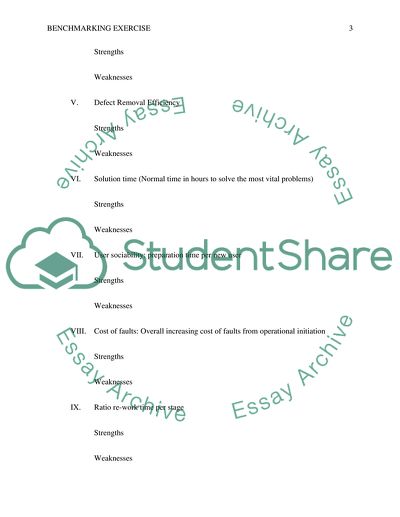Cite this document
(Benchmarking Exercise Assignment Example | Topics and Well Written Essays - 4000 words, n.d.)
Benchmarking Exercise Assignment Example | Topics and Well Written Essays - 4000 words. Retrieved from https://studentshare.org/marketing/1770963-benchmarking-exercise
Benchmarking Exercise Assignment Example | Topics and Well Written Essays - 4000 words. Retrieved from https://studentshare.org/marketing/1770963-benchmarking-exercise
(Benchmarking Exercise Assignment Example | Topics and Well Written Essays - 4000 Words)
Benchmarking Exercise Assignment Example | Topics and Well Written Essays - 4000 Words. https://studentshare.org/marketing/1770963-benchmarking-exercise.
Benchmarking Exercise Assignment Example | Topics and Well Written Essays - 4000 Words. https://studentshare.org/marketing/1770963-benchmarking-exercise.
“Benchmarking Exercise Assignment Example | Topics and Well Written Essays - 4000 Words”, n.d. https://studentshare.org/marketing/1770963-benchmarking-exercise.


